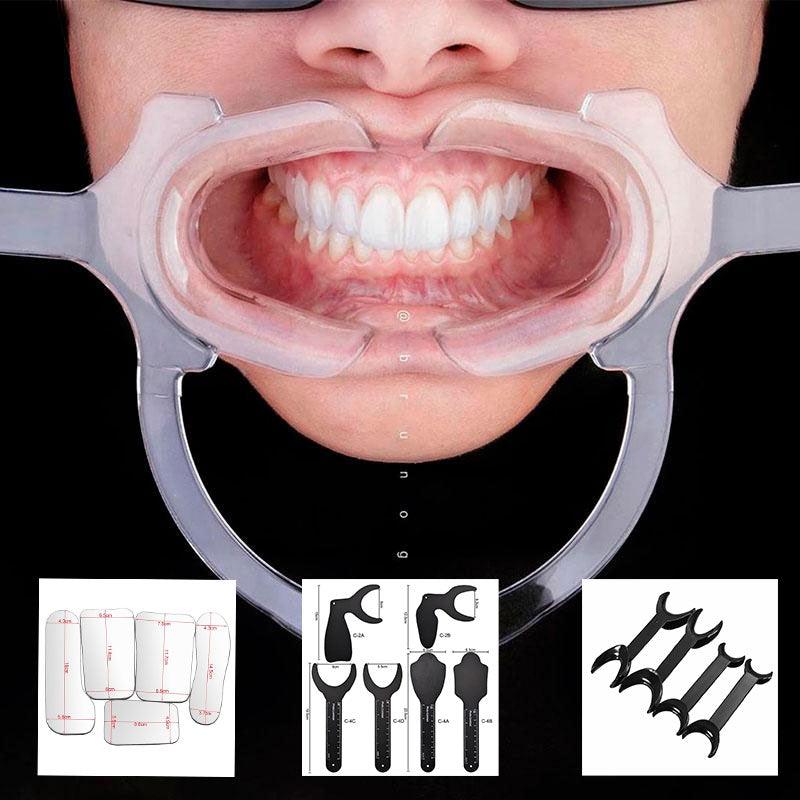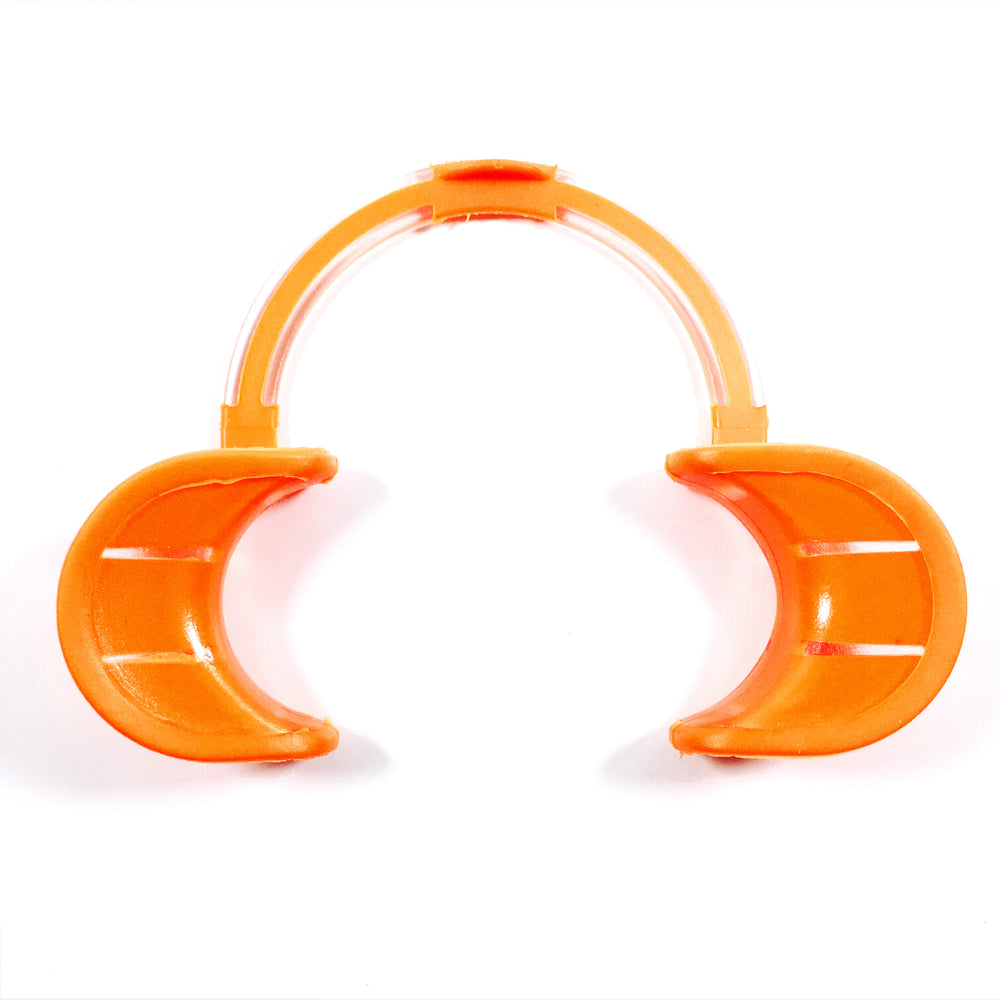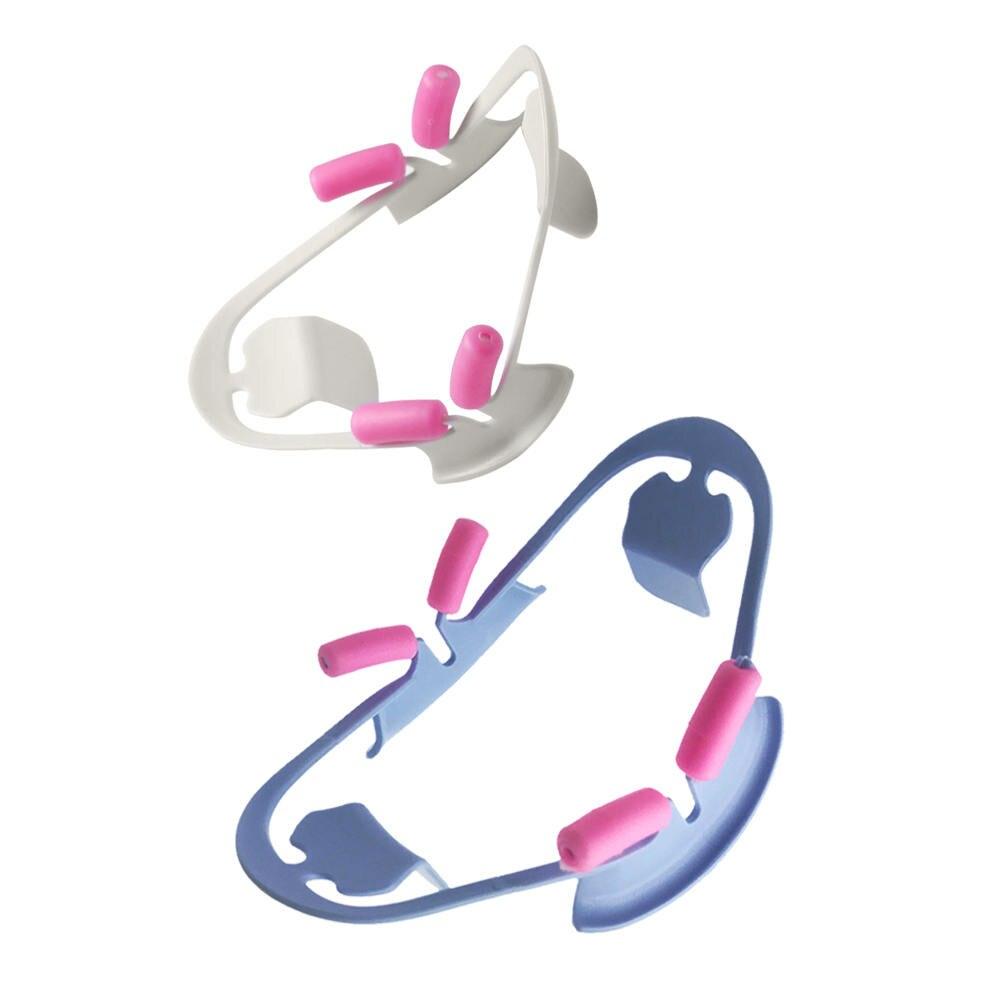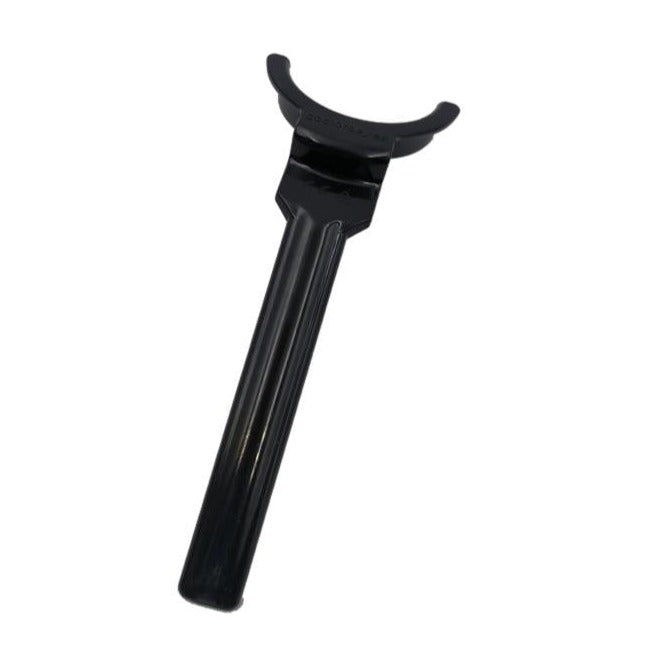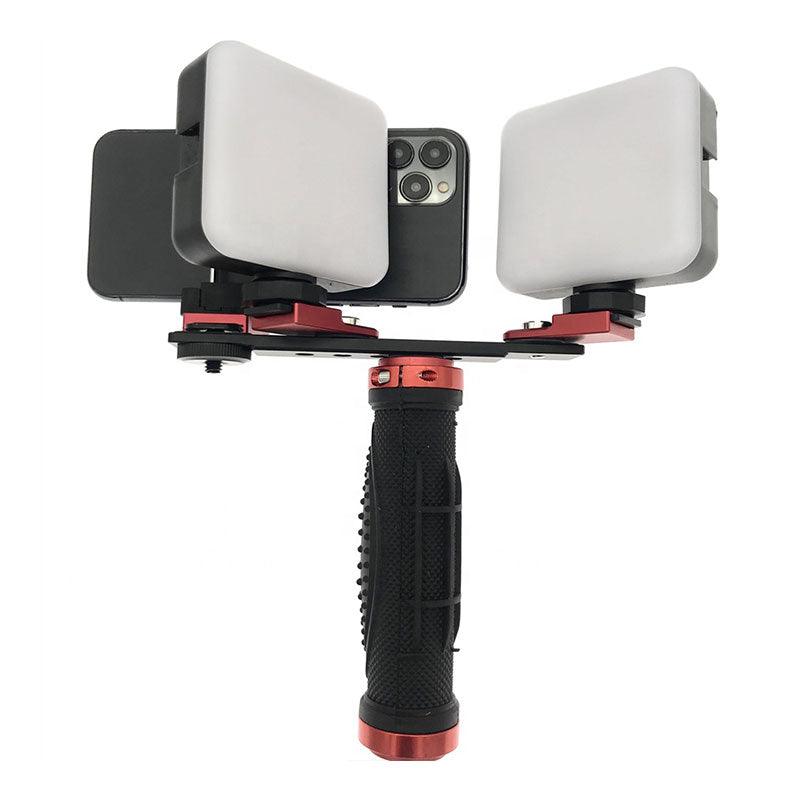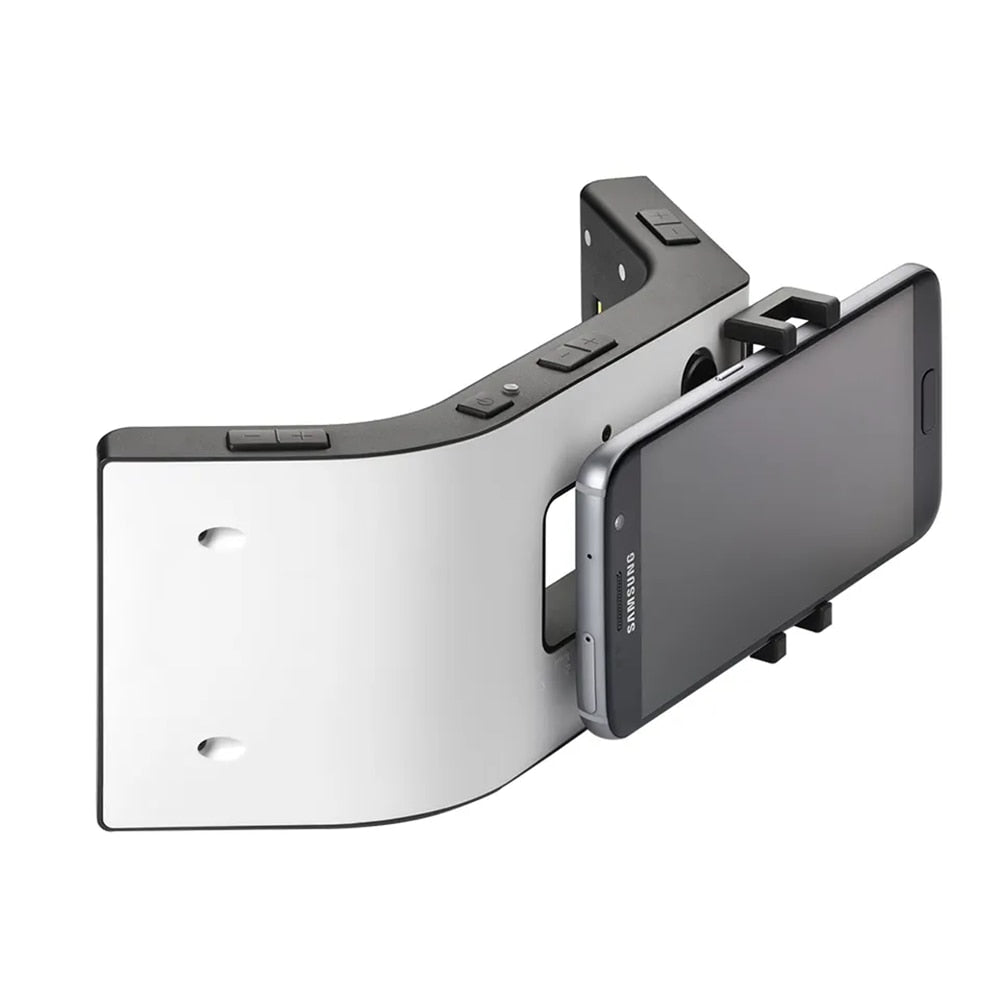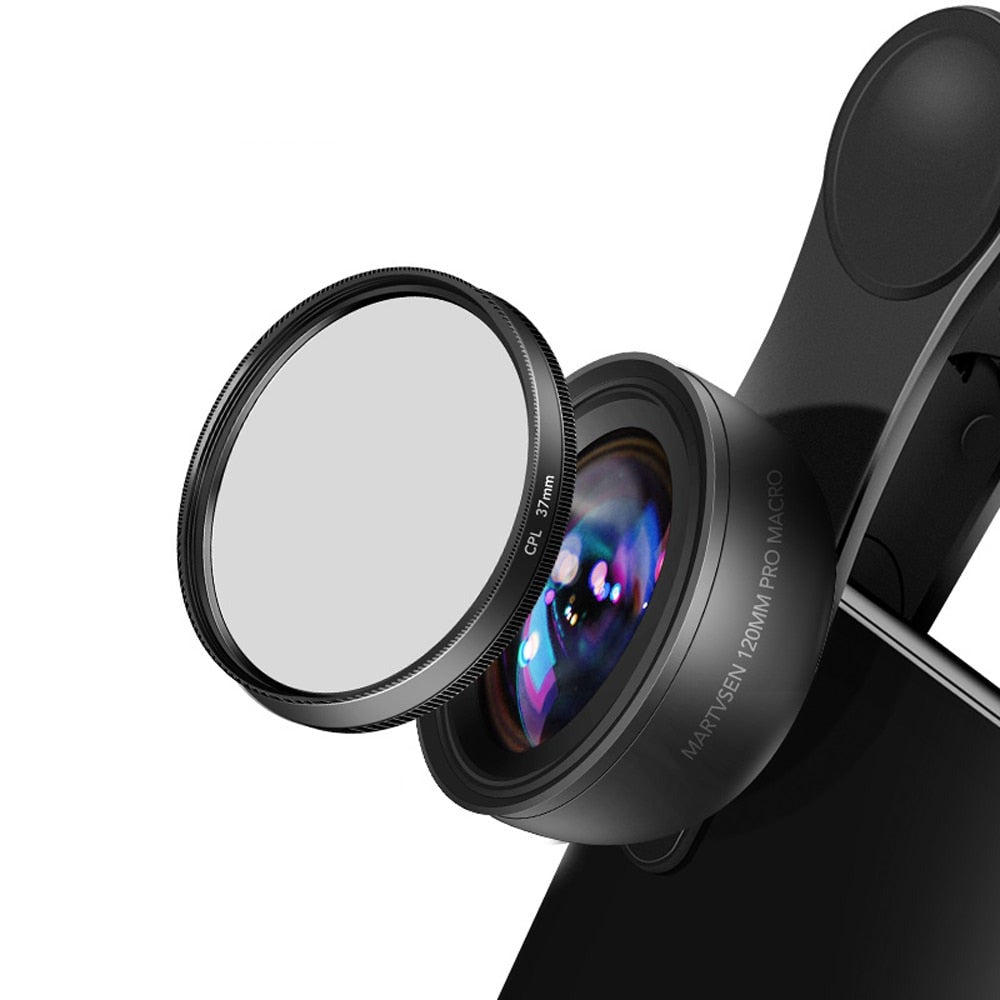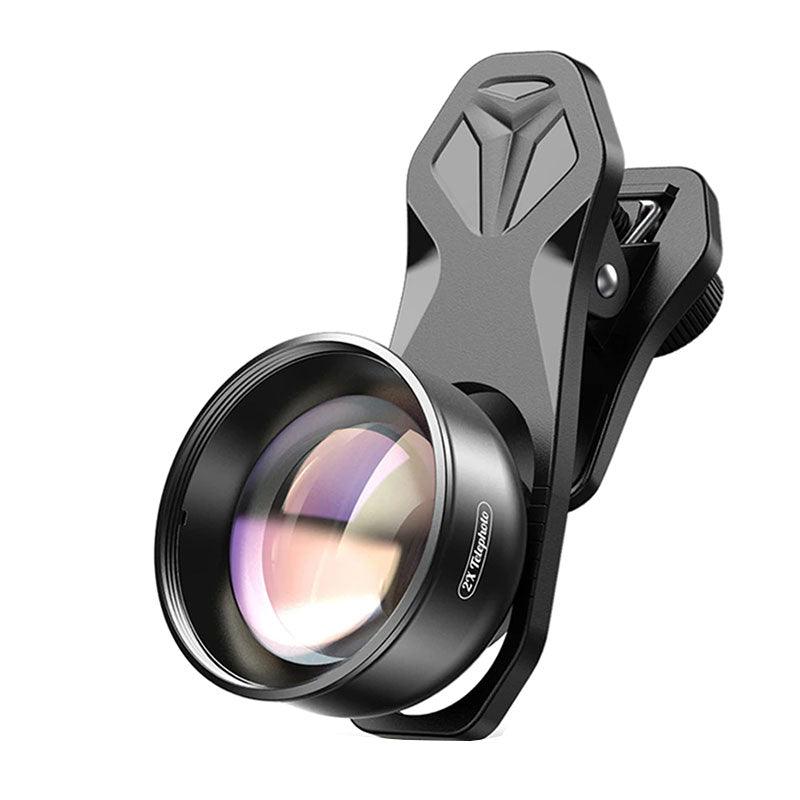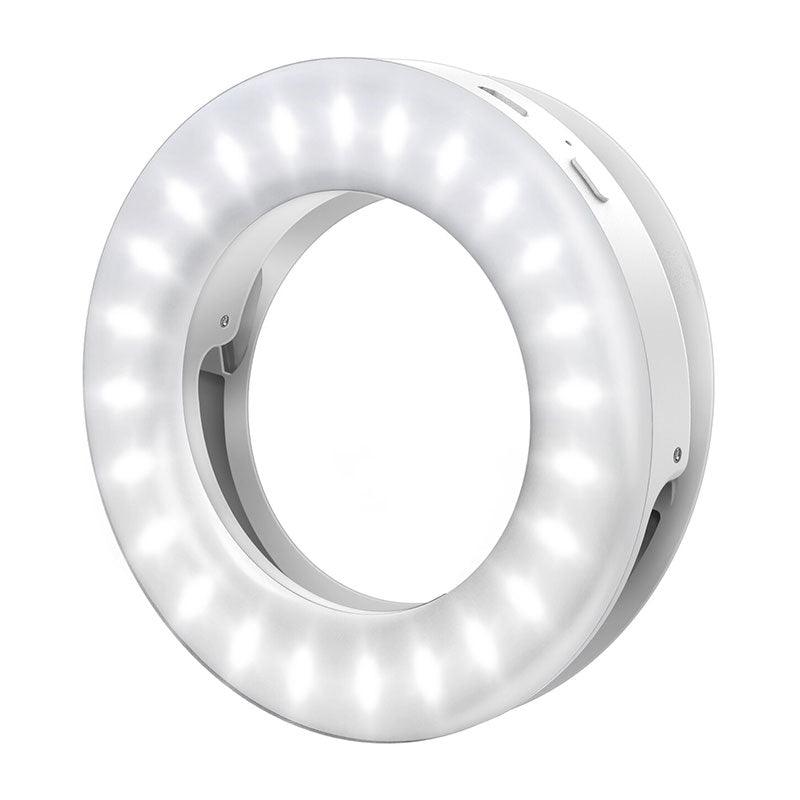In the realm of dental photography, understanding the camera sensor's role is paramount for capturing high-quality, detailed images. This article delves into the world of camera sensors, focusing on full-frame and crop sensors, and highlights the benefits of APS-C sensors. We'll also share some insightful life hacks to help you make informed choices when it comes to selecting the right sensor for your dental photography needs.
Camera Sensor Basics:
A camera sensor is the heart of your digital camera, responsible for capturing light and transforming it into an image. The size of the sensor plays a significant role in determining image quality, depth of field, and low-light performance.
1. Full-Frame Sensor:
Life Hack 1: What is a full-frame sensor? A full-frame sensor is equivalent in size to a 35mm film frame. It offers superior image quality, wider field of view, and better low-light performance due to larger individual pixels.
Life Hack 2: Dental Macro Photography: A full-frame sensor excels in dental macro photography, capturing intricate details of teeth and tissues with minimal noise and excellent clarity.
2. Crop Sensor (APS-C):
Life Hack 3: What is a crop sensor? A crop sensor is smaller than a full-frame sensor, resulting in a narrower field of view. This "crop factor" impacts focal length and depth of field, making it a useful tool for certain dental photography scenarios.
Life Hack 4: Depth of Field Control: A crop sensor can help achieve a greater depth of field, ideal for capturing wider shots of dental procedures while keeping all elements in focus.
3. Benefits of APS-C Sensors:
Life Hack 5: Affordable Equipment: Cameras with APS-C sensors are often more budget-friendly than full-frame alternatives, making them accessible for dentists and dental students who are exploring dental photography.
Life Hack 6: Portability: APS-C cameras and lenses tend to be smaller and lighter, facilitating comfortable shooting during long dental procedures and patient interactions.
Life Hack 7: Reach with Telephoto Lenses: APS-C sensors provide an effective increase in focal length, making telephoto lenses even more potent for capturing distant dental shots with precision.
Mastering the nuances of camera sensors is crucial for elevating your dental photography skills. By understanding the distinctions between full-frame, crop, and APS-C sensors, you can make informed decisions tailored to your specific needs. Armed with these life hacks and insights, you're well-equipped to select the perfect camera sensor for your dental photography journey, ensuring you capture impeccable images that aid in diagnosis, treatment planning, and patient education.




